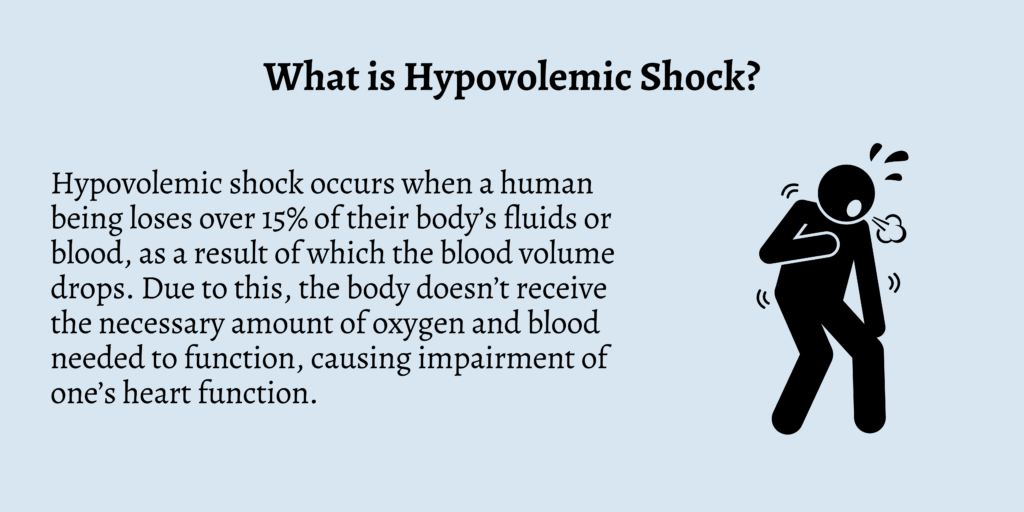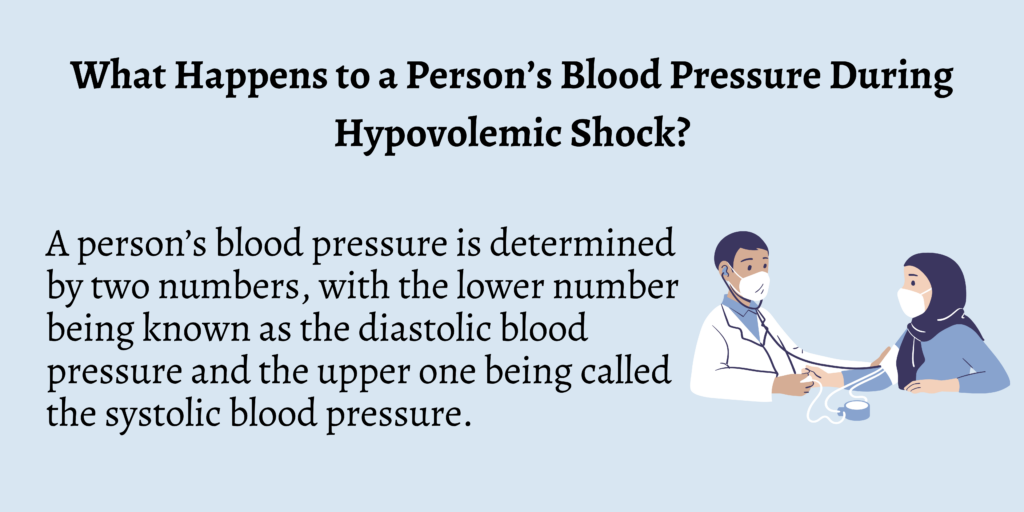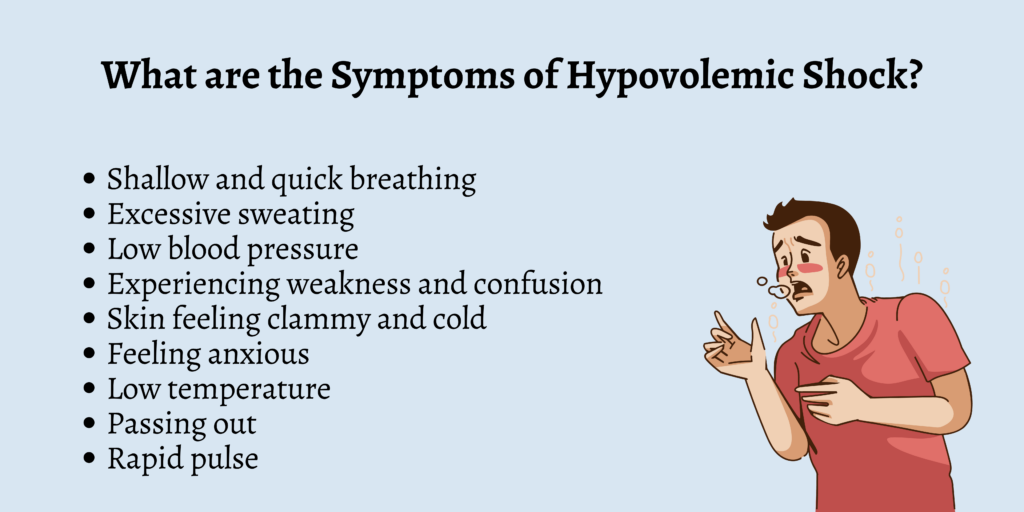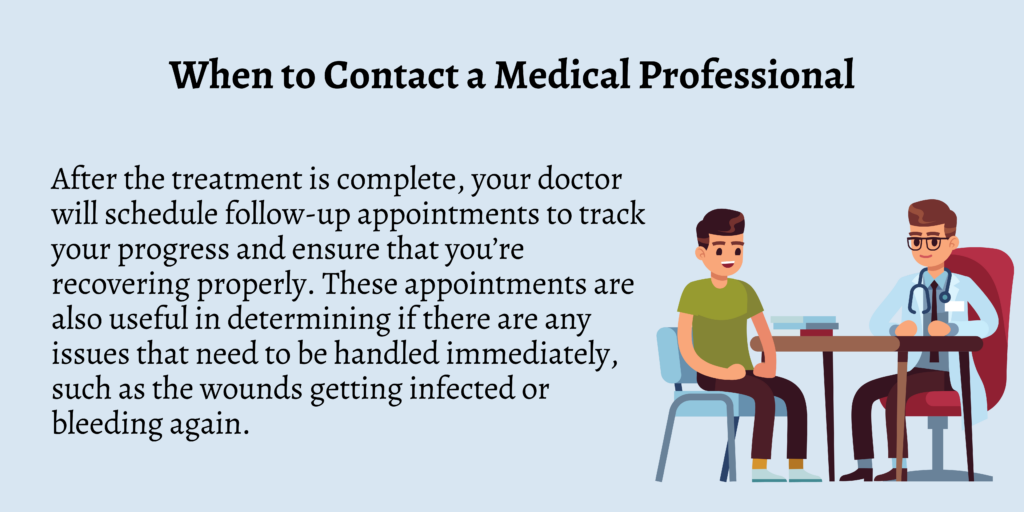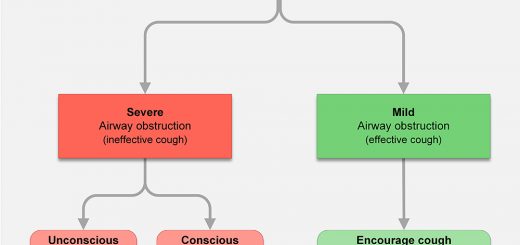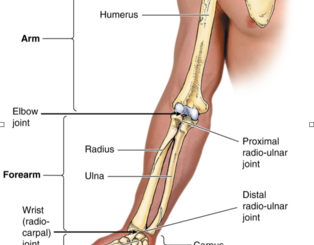How to Assess For Hypovolemic Shock
Hypovolemic shock is a dangerous, life-threatening condition that occurs when a human body loses a lot of fluid, with some examples being diarrhea and dehydration. It is the second most common type of shock that people suffer from. The diagnosis of hypovolemic shock can involve blood tests, an echocardiogram, a CT scan, an endoscopy, or an electrocardiogram. In this article, we will discuss the symptoms and causes of hypovolemic shock and its first aid and treatment.
How to Assess For Hypovolemic Shock
- Assess colour of the patient: are they pale or pink? Is there any evidence of cyanosis?
- Assess temperature: feel the hands, do they feel warm to touch or cool and clammy?
- Measure the pulserate
- Common locations are the wrist (radial artery), elbow crease (brachial artery) or neck (carotid artery)
- Assess the pulse character: is it strong and bounding or thready and weak?
- Measure blood pressure (if trained)
- Both manual and electronic methods can be used
- Look for a source of bleeding, this may not be immediately obvious as clothing can conceal a significant amount of blood
What is Hypovolemic Shock?
Hypovolemic shock occurs when a human being loses over 15% of their body’s fluids or blood, as a result of which the blood volume drops. Due to this, the body doesn’t receive the necessary amount of oxygen and blood needed to function, causing impairment of one’s heart function.
When the loss of fluids amplifies, it can also cause organ failure, which is why patients must be given immediate medical care.
What Happens to a Person’s Blood Pressure During Hypovolemic Shock?
A person’s blood pressure is determined by two numbers, with the lower number being known as the diastolic blood pressure and the upper one being called the systolic blood pressure.
When a person experiences hypovolemic shock, there is an initial increase in their diastolic pressure. With a gradual loss of fluids and blood, the systolic pressure decreases.
What are the Symptoms of Hypovolemic Shock?
The signs of hypovolemic shock depend on how severe the fluid loss is, and they keep getting worse as you lose more fluids or blood.
The symptoms of hypovolemic shock include:
- Shallow and quick breathing
- Excessive sweating
- Low blood pressure
- Experiencing weakness and confusion
- Skin feeling clammy and cold
- Feeling anxious
- Low temperature
- Passing out
- Rapid pulse
What Causes Hypovolemic Shock?
When there is a major loss of blood or fluids, it causes hypovolemic shock. The bleeding could be outside the body, where it’s easily visible, or within the body. This type of shock can also occur from pancreatitis and burns.
The different types of bleeding that can cause hypovolemic shock include:
- A ruptured ovarian cyst
- Bleeding heavily during delivery or labor
- Ectopic pregnancy
- A tear in a patient’s blood vessel or heart
- Cuts on the neck and head
- Organs in a person’s belly getting damaged
- Bones breaking around the hips
First Aid for Hypovolemic Shock
If you happen to be near someone who is experiencing hypovolemic shock, do the following:
- In case they’re not conscious, check for their pulse.
- Perform CPR if you can’t find a pulse.
- Make sure the patient isn’t moved if you suspect they have suffered neck, head, or back injuries.
- Keep their body warm.
- Don’t give them any fluids through the mouth.
- Remember not to elevate their head.
- Get rid of any debris or dirt from the site of the injury.
- If there’s anything stuck to the wound, such as glass or arrows, don’t remove it.
Treatment for Hypovolemic Shock
When a patient who is suffering from hypovolemic shock is taken to the hospital, they will first be given fluids before being given blood through an IV. Certain medicines will be given to bring their blood pressure to a normal level.
The problem that caused the shock will be treated immediately. For instance, one could require surgery if the bleeding was due to an accident. The patient will be monitored in an ICU.
What to Expect if Someone Has Hypovolemic Shock?
Once a patient has undergone the required treatment, the recovery duration will depend on a few factors. This includes how much fluid or blood was lost and the speed at which it happened. The presence of other medical issues, too, can determine how quickly a patient heals.
When to Contact a Medical Professional
After the treatment is complete, your doctor will schedule follow-up appointments to track your progress and ensure that you’re recovering properly. These appointments are also useful in determining if there are any issues that need to be handled immediately, such as the wounds getting infected or bleeding again.
FAQs
1. What are the symptoms of hypovolemic shock?
Some symptoms of hypovolemic shock are low temperature and blood pressure, clammy and cold skin, and sweating profusely.
2. What causes hypovolemic shock?
Some of the causes of hypovolemic shock include surgeries, traumatic injuries, and gastrointestinal issues.
3. What are the side effects of the medicines required to treat hypovolemic shock?
The side effects that a patient can experience after taking hypovolemic shock medicines are headaches, difficulty in breathing, and an increase in heart rate and blood pressure.
4. How to heal after suffering from hypovolemic shock?
Once you’ve suffered from hypovolemic shock, make sure to follow your doctor’s instructions to heal properly. Get adequate rest and take your medicines before you receive the green signal to return to work.
Conclusion
With traumatic injuries being a major cause of hypovolemic shock, it’s impossible to predict the condition. However, knowing about the causes can help you prevent it in some manner.
This includes consuming water or electrolyte solutions when you’re throwing up so as to prevent excessive fluid loss. You should also drink plenty of water when you’re sweating excessively to deal with the fluid loss that happens when you sweat.

